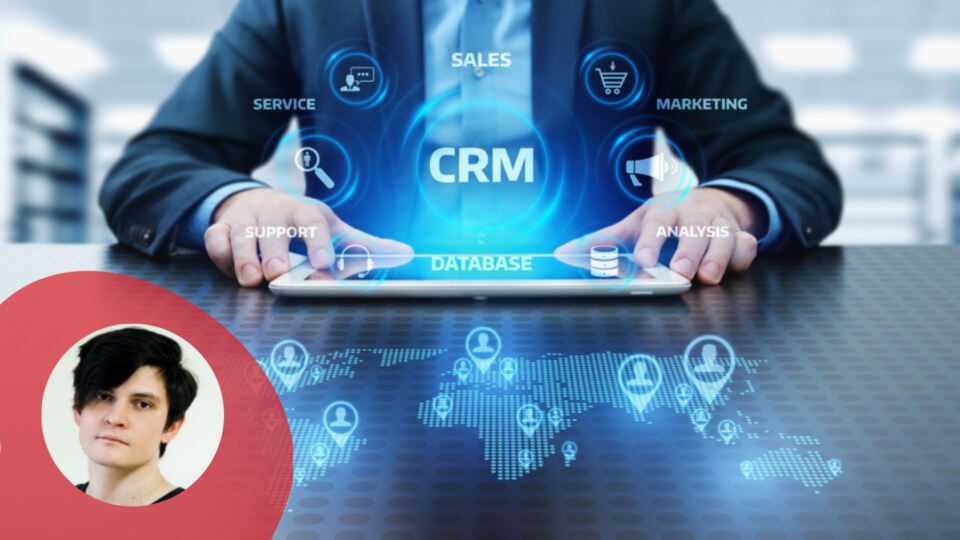In 2021, CRM is one of the most widely used types of software for businesses. Almost all companies with more than 10 employees use some kind of this solution. The majority admit that customer relationship management significantly improved their productivity, gave access to more actionable customer data and enhanced customer service. Some, however, are not satisfied with their CRM, and often the quality of the software itself is not the reason for their frustration. It’s the wrong choice and incorrect implementation of the solution.
CRMs are usually developed with different industries in mind. The basic set of features is universal, of course, but it is the capabilities that focus on one or another aspect of customer management that are a game-changer. To avoid disappointment and make the most out of your software, it is best to adopt the right one from the start.
Choose Retail CRM That Fits
Retail businesses are among the most avid users of customer management software. If you’re thinking about investing in it for the first time, you’ll be faced with a variety of options, which might feel daunting. The best approach is to focus on your objectives and then find a solution that will help achieve them at the lowest cost. The most common business goals retail CRM consultants advise considering include customer base expansion, increasing customer wallet share and reducing churn. Look for the solution that will help sharpen your understanding of the customer base and find a way to enhance their experience with the following capabilities:
- Relevant data about your customers for you to build effective sales and marketing strategies. You should have enough information on hand to build a customer profile that is actionable for your company.
- Cross-channel unification. Your CRM should allow you to deliver a personalized quality experience to consumers through each of your channels. The interactions should also be coherent and based on previously acquired data.
- Automation. When investing in software, make sure that it relieves employees and reduces the amount of human error. Automating your sales operations and customer support frees up employees’ time and energy for more creative decisions.
You can add your points to the list above or take some out, depending on your business model and strategy. For example, if you use lots of other retail-oriented software, like those for ecommerce, payment processing, inventory or warehouse management, one of the crucial points for you will be the ability to integrate CRM flawlessly with them.
Transform Internal Operations
Even the most sophisticated solution won’t do much good if not used properly. If you think that simply installing customer relationship management software will boost sales and enhance productivity, you are setting yourself up for disillusionment. Your company has to be ready to change.
Start by determining which workflows will be affected and develop a library of documentation tailored to specific departments. These materials will help you educate future users of the system. After the implementation, you’ll have to continuously update it in order to conduct further training for the users to refresh their expertise or onboard newcomers.
It is vital to explain what value new software will bring to each department to minimize possible resistance from the employees. It’s natural — people are hesitant to learn a new skill or master a tool unless they see how it benefits them specifically, not just the company as a whole. Some might be afraid that CRM will “replace” them, and these fears will also need to be addressed as soon as possible.
Another necessary step to take before starting implementation is data backup. Every bit of information you already have about your customers should be stored securely and ready to be migrated into the new software.
From the first days after the full implementation of the solution, it has to be monitored. By constantly checking the system’s performance, you will make sure that you’re getting closer to reaching the objectives you’ve set in the first place. This way any issues or disruptions can be noticed and dealt with early.
User feedback is another point of attention. Staying on track with business goals is only productive if users are satisfied with the system. Employees that work with CRM daily might have insights into its operations and features that will help them tune and enhance performance, so listen carefully.
Conclusion
Customer relationship management software has a lot to offer. Retail businesses large and small usually benefit from adopting it. In case they don’t, the underlying issue is almost never the quality of the software but rather the way it was chosen and implemented.
To make use of CRM and avoid common pitfalls, one has to clearly set goals for the company and then look for the solution to support them. When no basic CRM plan fits perfectly, customization options are available, so there’s no reason to steer from the decided course.
Keep in mind that one well-integrated solution gives more advantages to your business than multiple systems. A successful implementation implies the unification of software for every department, employee onboarding and training, specific educational materials for all user roles, integration with third-party systems, and proper methods of further monitoring, which all help to unlock the full potential of the software. Make sure the entire company is putting effort into operating the CRM productively and soon you’ll see the first positive results.
Roman Davydov is a Technology Observer at Itransition. With over four years of experience in the IT industry, he follows and analyzes digital transformation trends to guide businesses in making informed software buying choices.




